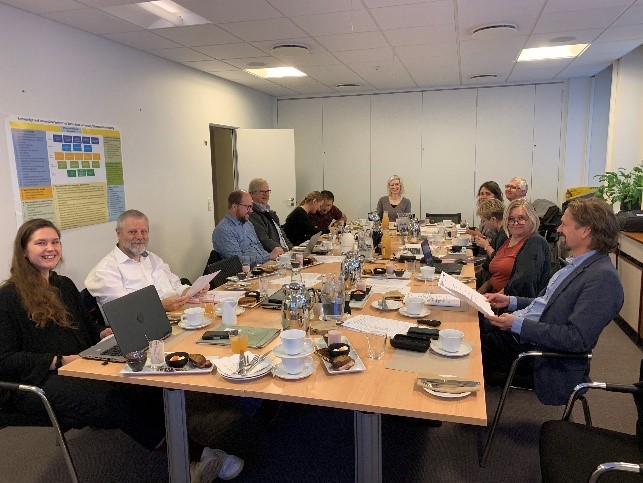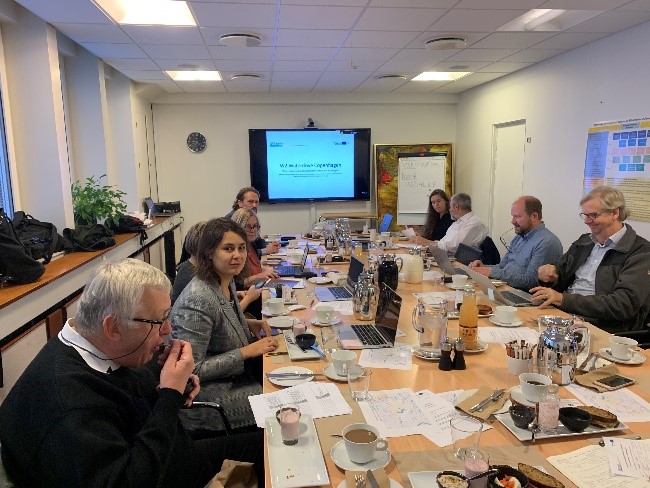Leadership, institutional structures and new services in the BSR
Leadership, institutional structures and new services in the BSR
Waterdrive met in Copenhagen 30-31 October 2019 to describe the following challenges in relation to cross- sector cooperation in each country:
- Leadership “Institutional structure” scale
Describe the local cooperation structure in your country. You will have to include the institutions and authorities that are important for implementation of measures and specific persons like catchment officers or advisors playing a key role. We will together discuss the strength and weakness in existing structure and possible improvements in each country.
- The GAP’s in the “Institutional structure”
Describe the discussed gaps at the meeting in Copenhagen
- New services to fill in the GAP’s
Discuss what can improve process and establish the right platform so things are going to happen.
The meeting showed that Sweden, Finland, Latvia, Lithuania, Poland and Denmark have very different structures when working with environmental measures to prevent the loss of nutrients, drought, flooding and climate change. The processes can be driven by very different stakeholders, state agencies, municipalities, the private advisory services, NGOs etc. It became very clear at the meeting, that it is important to verify who is in charge and to establish platforms that are really capable of implementing the desired environmental measures.
Read the report here (PDF-file) and the bullet points from the meeting:
Lithuania
Local leadership and local water management are missing in relation to implementing water pollution reduction measures.
Established platforms where actors/stakeholders are taking their role in facilitation.
There is a high need for a faster transfer and translation of knowledge between research and practice.
Finland
Without funding you can’t implement any solutions or environmental measures.
Landowners and farmers are often the ones who pay for the measures in the end. In order for them to pay, they need to be motivated and see the benefit.
By openly discussing and co-operating, cross-sectorally and on many levels, we can achieve the most efficient and sustainable solutions.
In order to have successful cross-sectoral discussion on many levels, we need good and including facilitation.
In order to implement measures cross-sectorally and efficiently, we need good coordination
Denmark
Create realistic platforms that are truly capable of implementing environmental measures.
Always be very clear – who and what drives the process forward?
Make sure that “top down” and “bottom up” always are deeply connected.
If the agricultural schemes do not work change them quickly.
There must be funding (fuel) otherwise the environmental measures never will be a reality.
Leave the office and do it together.
Poland
Fragmentation of competencies between all involved actors is a challenge.
The existing conceptual frameworks in polices area are not mirroring scale of challenges.
Lack of sufficient public support/grant for investments aimed at water related activities.
Training of agricultural advisors. They shall ensure long term economic survival of farms as business units.
Sweden
Catchment officers and spatial planners shall work better together.
Work with stronger connections between all stakeholders – meet each other.
Latvia
No common vision, cooperation or action among farmers/land owners on environmental related issues in whole catchment.
A mediator (e.g. catchment officer) is needed – one who has a vision on how to improve the environmental situation in a particular catchment and who would be able to convince landowners to work together for a better future. 6 Colorf
More information: https://documentcloud.adobe.com/link/track?uri=urn%3Aaaid%3Ascds%3AUS%3A90909dd4-d495-4e4d-be44-341bb149f622




